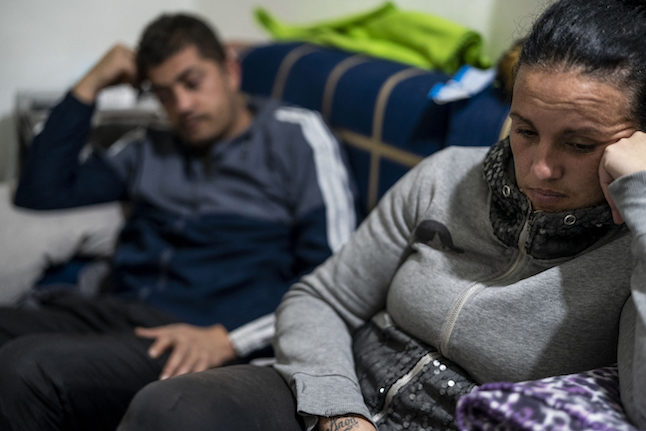Spanish households are spending an average of just over €9 ($11.85) a year on pocket money, the latest Household Budget Survey by Spain's national stats institute (the INE) reveals.
That means kids have seen their allowance drop by nearly 40 percent in the half decade from 2008 to 2012.
This figure was pulled out of the latest INE survey of household spending in Spain by the country's El País newspaper.
The report shows Spanish households gave out €28,152 in 2012, or 3.4 percent less than a year earlier.
Once the effect of changing prices is taken out, this figure becomes 4.4 percent
The INE report also reveals the average per person spend was €10,999 in 2012.
This figure was highest in the Basque country at €13,648 and lowest in Spain's African exclave of Melilla (€8,244).
In Barcelona, the average expenditure per person was €13,451 while in Catalonia this hit €11,871.
The largest spending cuts were for cars (down 20.6 percent), clothes (10.5 percent lower) and all inclusive holidays (a fall of 9.9 percent).
Meanwhile, Spanish households upped spending on education by 7.4 percent.
Health care expenditure was also higher than in 2011, although this rise was a small 0.3 percent.
Costs for rent or mortgage, water, electricity and other fuels comprised an average 32.3 percent of household spending in 2012, with the total average outgoings being €9,090.
This weighting was 14.4 percent (€4,141) for food and non-alcoholic drinks.
Transport costs ate up an average 11.8 percent of household budgets in Spain, or €3,321.



 Please whitelist us to continue reading.
Please whitelist us to continue reading.
Member comments